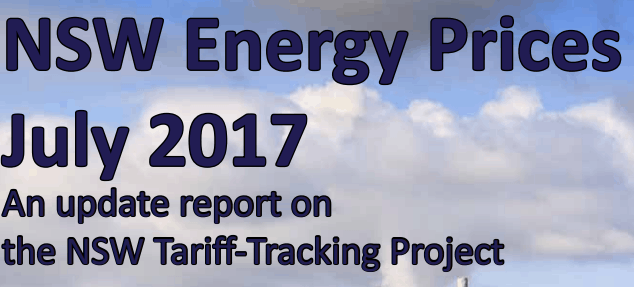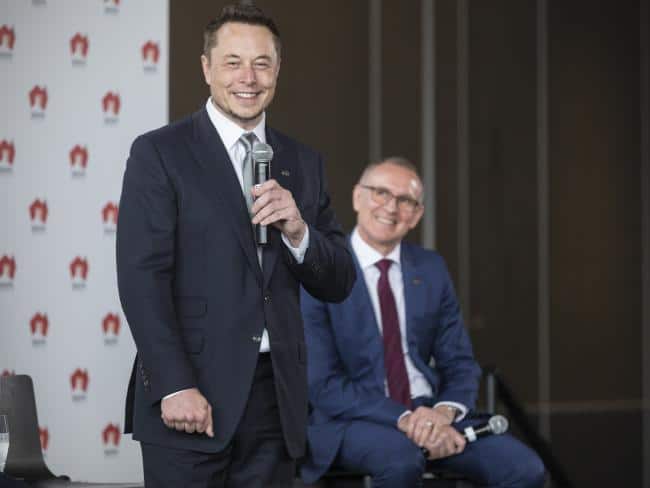The St Vincent de Paul society has released its fifth NSW Tariff-Tracking report and it shows the huge disparity between deals the retailers are offering – with the best offers saving almost $840 p.a. compared to those on the worst plans. In regional NSW this range is even worse, with the difference reported by the SMH as up to $1230. Australian solar power plans are in need of a shake-up and this week the government have taken the retailers to task by asking them to change the way they deal with discounts and rolling over plans.

NSW Tariff-Tracking
Despite ballooning wholesale energy costs, retailer AGL reported a net profit of $539m for the 2016/17 financial year. The profits of energy retailers have been in the crosshairs of the government over the past few months as their dubious tactics of offering short term discounts and then rolling customers onto more expensive plans without the discounts have been examined.
On Wednesday the government met with eight power companies (Energy Australia, Momentum Energy, Simply Energy, Alinta Energy, Origin Energy, AGL, Australian Energy Council and Snowy Hydro) to discuss the rapidly increasing prices and come up with a solution to the murky short-term ‘discount’ based business model they are employing. After the meeting Prime Minister Malcolm Turnbull discussed the issue and the government’s fix, saying “They are on … discounted plans that have run out, and they are now on a standard offer and paying too much for their electricity. The retailers have agreed that they will write to their customers who have reached the end of a discounted plan and outline, in plain English, alternative offers that are available,”
Given that the Energy Market Commission found 50% of households haven’t changed retailer or plan in the last 5 years, there’s a lot of money being left on the table. According to Energy Minister Josh Frydenberg the Australian Energy Regulator (AER) have told the government households could save over $1,000 per year by changing retailer/plan.
In terms of the power companies, they were mostly happy to agree to Turnbull’s plan, but there was ongoing discussion about Canberra’s dilly dallying with regards to the Clean Energy Target. Origin Energy’s chief exec, Frank Calabria, was quoted by the SMH as saying that “to deliver a genuine reduction in prices for Australians, we must also find a way through on energy policy, including a Clean Energy Target. This is necessary to unlock investment in much-needed new supply to replace our ageing coal-fired power stations, and transition us to a cleaner, more modern energy system”.
Click here to view the full report directly from the Vinnies website.


